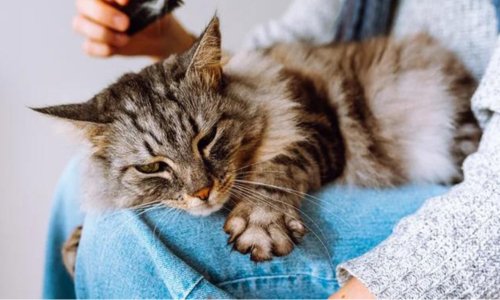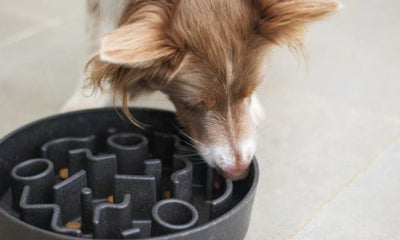Cats are notorious for their grooming habits, spending a significant portion of their day licking their fur to keep it clean. While this behaviour is natural and necessary, it can sometimes lead to an unpleasant side effect: hairballs. Hairballs are clumps of fur that accumulate in a cat's stomach and are later regurgitated. While occasional hairballs are normal, frequent or severe cases can indicate underlying issues. In this guide, we'll explore the causes of hairballs in cats and provide tips for prevention and management.
Understanding Hairballs
Hairballs form when a cat ingests loose fur while grooming. Normally, the ingested hair passes through the digestive system and is expelled in the faeces. However, sometimes the hair accumulates in the stomach, forming a mass that is too large to pass through the digestive tract. In response, the cat may vomit up the hairball to alleviate discomfort.
Causes of Hairballs
Several factors can contribute to the formation of hairballs in cats:
- Grooming habits: Cats with long or dense fur are more prone to hairballs because they ingest more fur during grooming
- Seasonal shedding: Cats shed their fur seasonally, and increased shedding can lead to more hair ingestion
- Poor diet: A diet lacking in fibre can contribute to constipation, making it difficult for hair to pass through the digestive system
- Underlying health issues: Conditions such as gastrointestinal disorders or skin allergies can increase grooming behaviour and hair ingestion
Prevention and Management
While it's impossible to completely eliminate hairballs, there are steps cat owners can take to reduce their frequency and severity:
- Regular grooming: Brushing your cat regularly helps remove loose fur before it can be ingested. This is particularly important for long-haired breeds
- Dietary changes: Feed your cat a high-fibre diet or provide specialised hairball control cat food, which can help promote digestion and reduce hairball formation
- Hairball remedies: There are several over-the-counter hairball remedies available, such as flavoured gels or treats that help lubricate the digestive tract and facilitate the passage of hairballs
- Increase hydration: Ensure your cat has access to fresh water at all times, as adequate hydration can help prevent constipation and aid in digestion
- Monitor for underlying issues: If your cat is experiencing frequent or severe hairballs, consult with your veterinarian to rule out any underlying health issues and develop an appropriate treatment plan
Hairballs are a common occurrence in cats, but they can be managed with proper care and attention. By understanding the causes of hairballs and taking preventive measures, cat owners can help keep their feline companions healthy and comfortable. If you have any concerns about your cat's hairball problem, don't hesitate to seek advice from your veterinarian.






